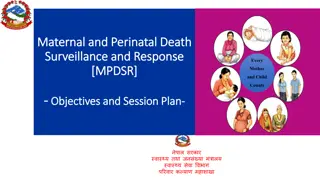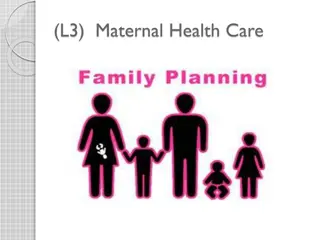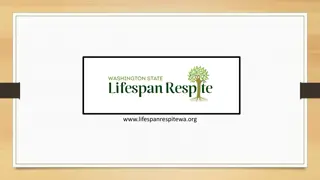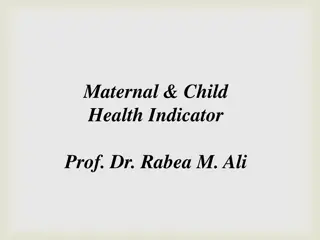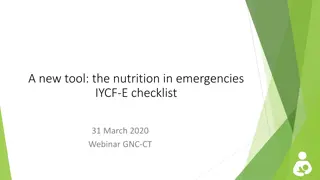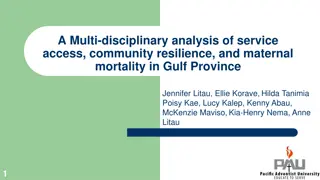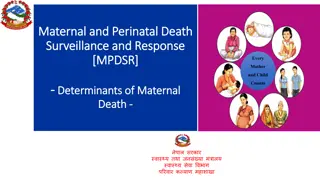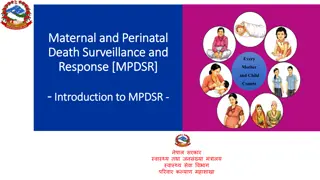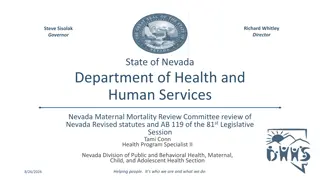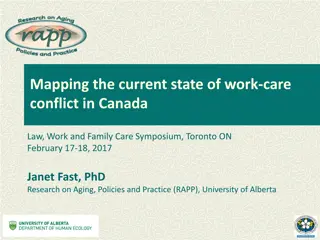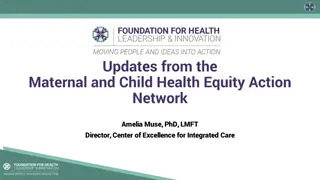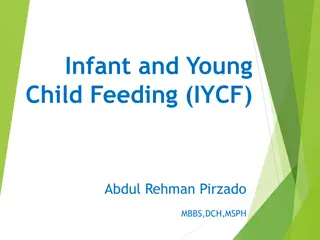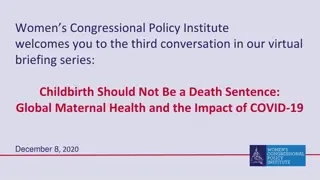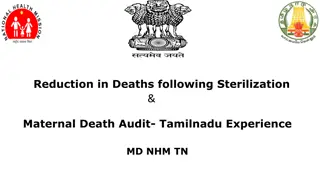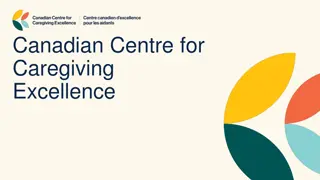Maternal IYCF Practices: Behavior Change & Caregivers
Exploring the role of maternal practices in Infant and Young Child Feeding (IYCF), focusing on behavior change and the involvement of caregivers and persons of influence. Discusses typical settings, target groups, key practices, timing, and rationale for small group activities.
Download Presentation

Please find below an Image/Link to download the presentation.
The content on the website is provided AS IS for your information and personal use only. It may not be sold, licensed, or shared on other websites without obtaining consent from the author. Download presentation by click this link. If you encounter any issues during the download, it is possible that the publisher has removed the file from their server.
E N D
Presentation Transcript
Maternal / IYCF Practices + Behavior Change + Caregivers + Persons of Influence = Who, What, When, Where & Why
TYPICAL SETTINGS & TODAYS OBJECTIVE: THINKING THROUGH THE COMBINATIONS SMALL GROUPS EXISTING GROUPS? LARGE COMMUNITY GROUPS HOME VISITS
WHO TO REACH IN A MOTHERS GROUP: PRIMARY CAREGIVERS All mothers? Mothers divided by timing of targeted messages? Mothers only? PRIMARY CAREGIVERS + ADDITIONAL PERSONS OF INFLUENCE? Grandmothers? Husbands? Leaders? (TBAs, CHWs, religious, community)
WHO TO REACH IN OTHER GROUPS: PERSONS OF INFLUENCE Grandmothers? Husbands? Leaders? (TBAs, religious, community) Separately? With mothers? Mix? Mix all the time or some of the time?
WHO TO REACH IN A HOME VISIT: Mother alone? Mother and father alone? Mother, father and other persons of influence? Children as caregivers?
WHAT PRACTICES (M / IYCF): MATERNAL NUTRITION Additional meal(s) for pregnancy and breastfeeding Diverse diet Reduced workload OPTIMAL BREASTFEEDING Early initiation & colostrum Exclusive breastfeeding Continued breastfeeding COMPLEMENTARY FEEDING Frequency Density (thickness, texture) Amount Diverse diet
WHEN How often with each target? Mothers Husbands Grandmothers TBAs or CHWs Community leaders
WHERE SMALL GROUPS EXISTING GROUPS? LARGE COMMUNITY GROUPS HOME VISITS
WHY? SMALL GROUP ACTIVITY WHO: WHAT: WHEN: WHERE: In small group(s) or large Alone or mixed What practices to focus on How often WHY: Rationale
This presentation was made possible by the generous support of the American people through the United States Agency for International Development (USAID) Office of Food for Peace. The contents are the responsibility of Save the Children and do not necessarily reflect the views of USAID or the United States Government.

 undefined
undefined







